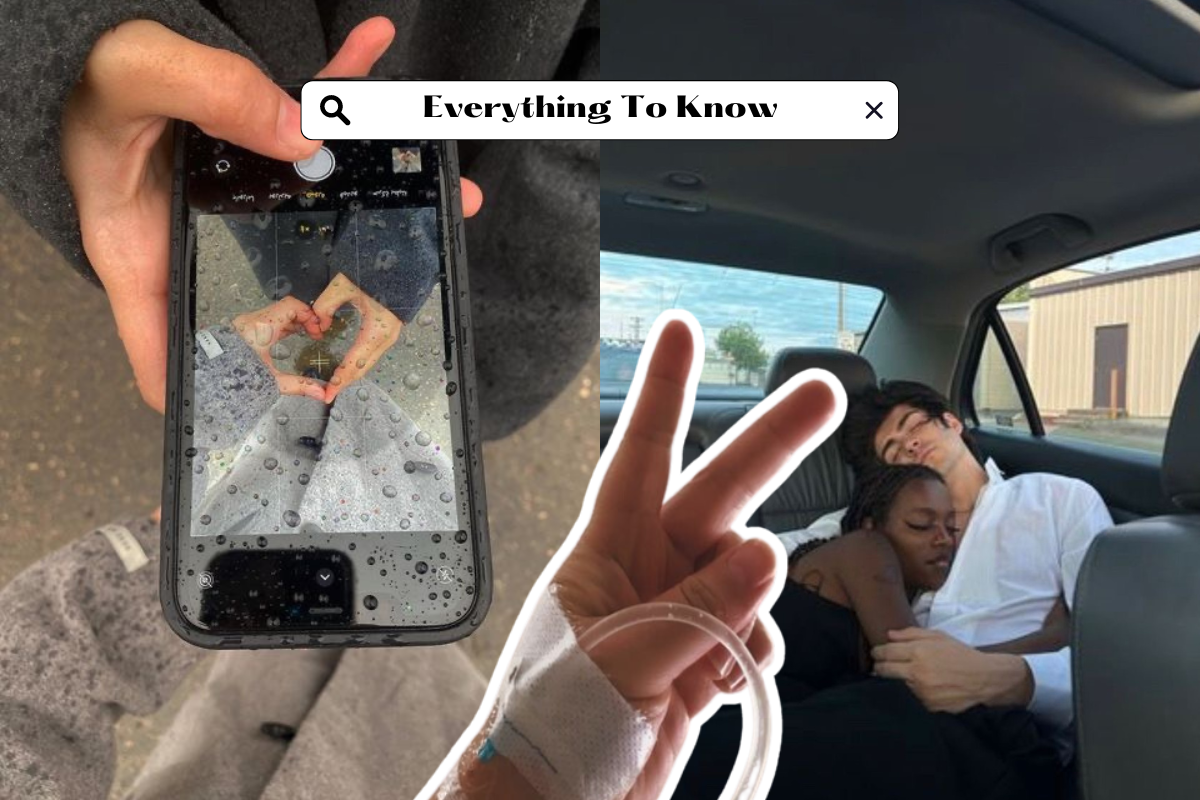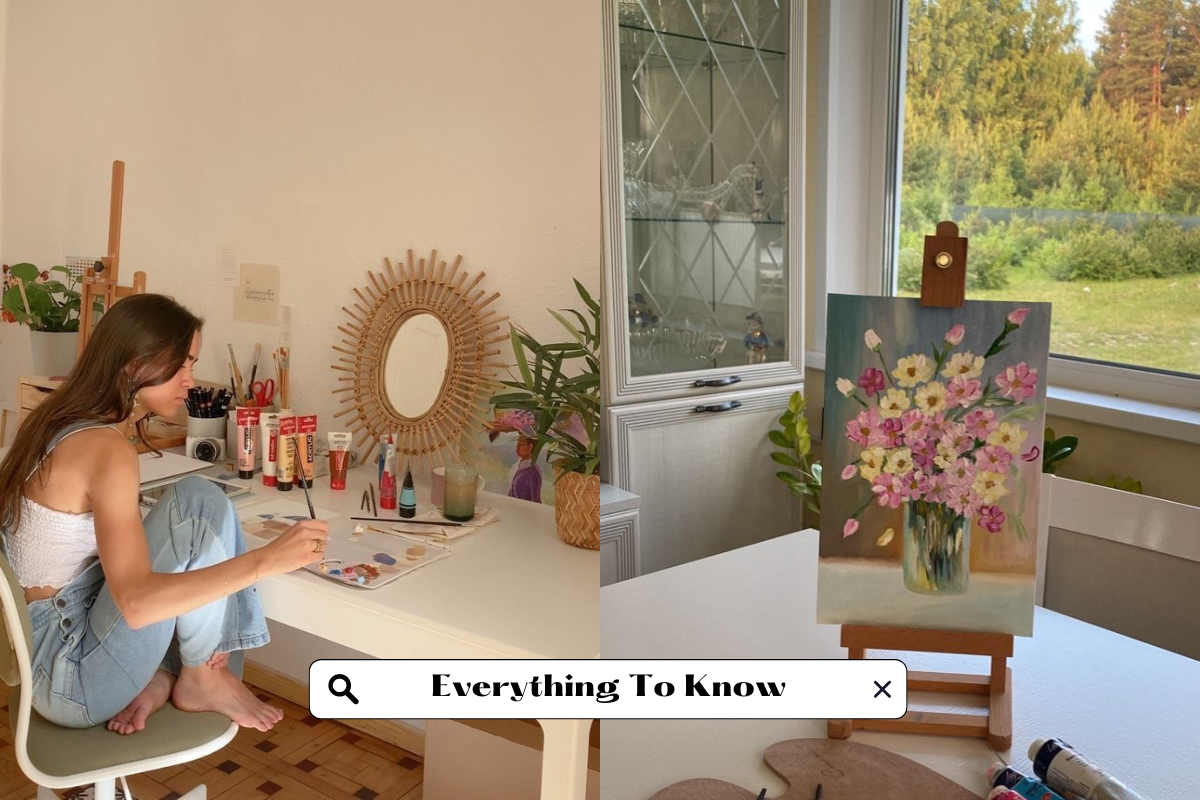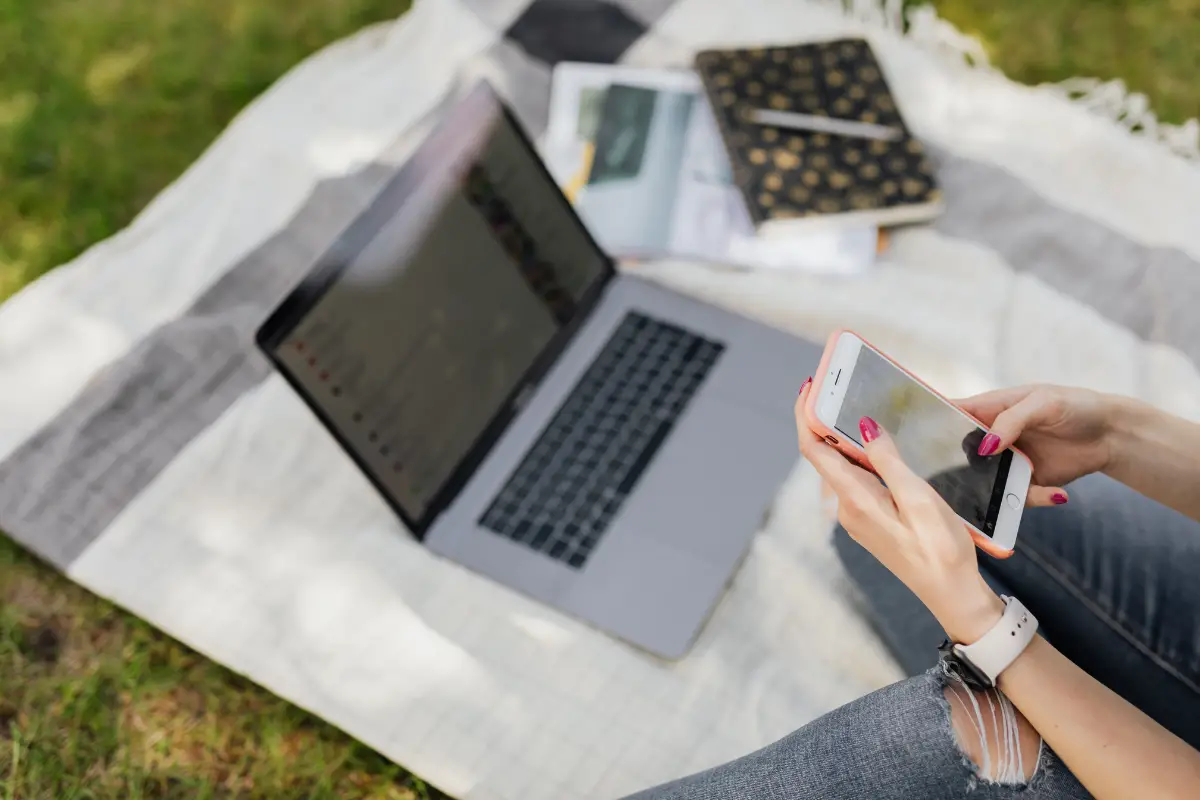Finding your personal style is more than just following trends — it’s a fun, creative, and intentional process of self-expression. Whether you’re drawn to a minimalistic aesthetic or experimenting with bold looks, your style should reflect your individuality, lifestyle, and values.
As you begin curating your wardrobe, you’ll notice certain pieces become repeat staples. This is where the idea of a capsule wardrobe becomes powerful — a small, thoughtful collection of clothing you truly love and wear often.
The best part? Your personal style can evolve as you do. Below are the exact steps I used to discover and refine my personal style, build a wardrobe that works, and actually enjoy getting dressed every day.
1. Reflect on Who You Are
Before you think about what to wear, take a moment to get clear on who you are. Your style should tell a story — one that’s rooted in your personality, passions, and the things that make you feel most you.
Ask yourself:
What are my interests or hobbies?
How do I want to feel in my clothes — confident, comfortable, powerful, soft?
What values or energy do I want to project when I walk into a room?
Whether you’re artistic and free-spirited, calm and grounded, or bold and edgy, your wardrobe can reflect those traits in subtle (or loud) ways. This clarity is what helps you build a style that feels authentic — not just aesthetic.
2. Create a Style Vision Board
The next big step was diving into Pinterest — not just for pinning cute outfits, but to study what I actually gravitated towards. Unlike fast-fashion apps, Pinterest doesn’t pressure you to buy immediately. Instead, it lets you observe, collect, and reflect.
I started pinning freely. Then after a few days, I reviewed my saved boards. That’s when I noticed consistent patterns — certain silhouettes, colors, and aesthetics I kept pinning again and again.
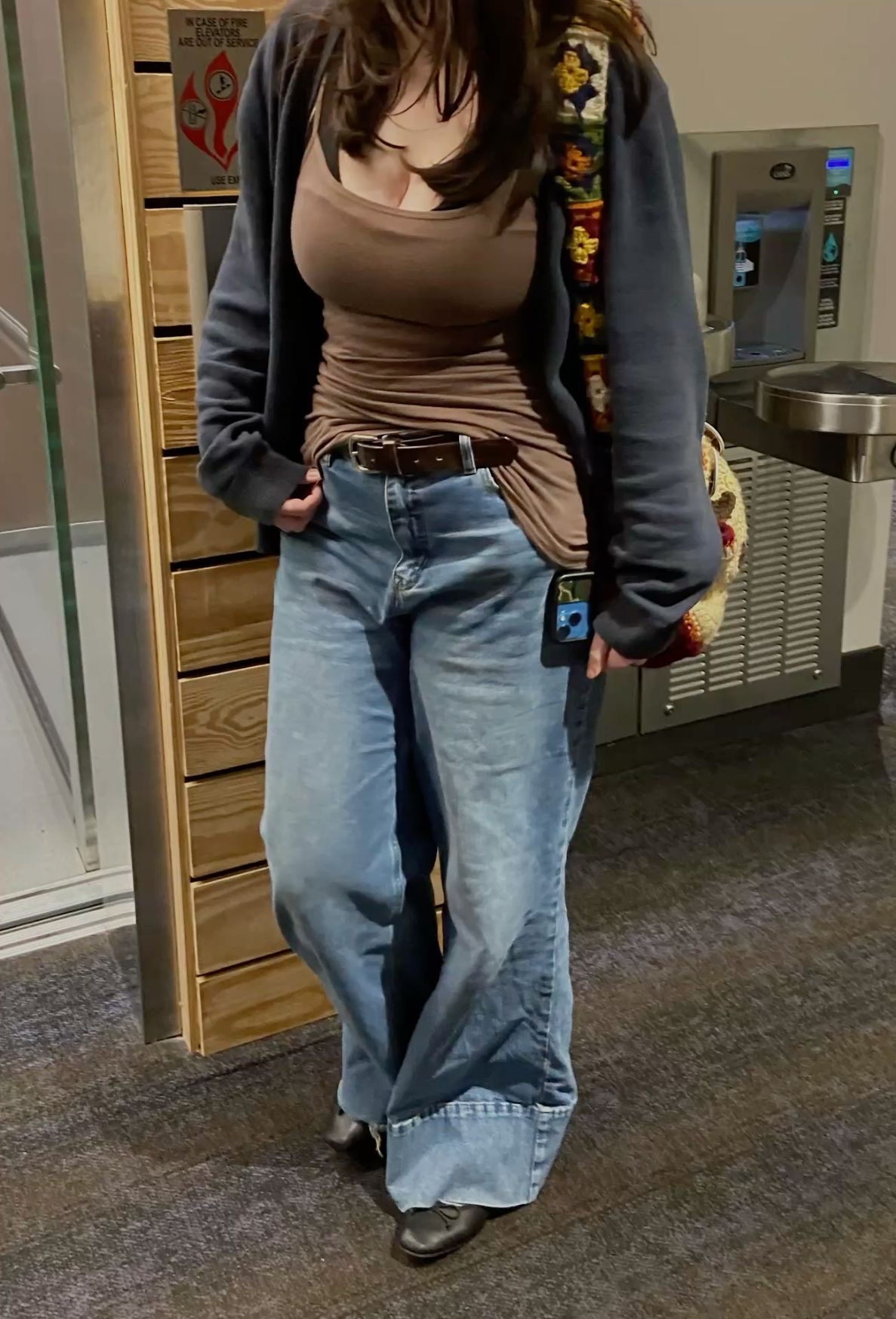
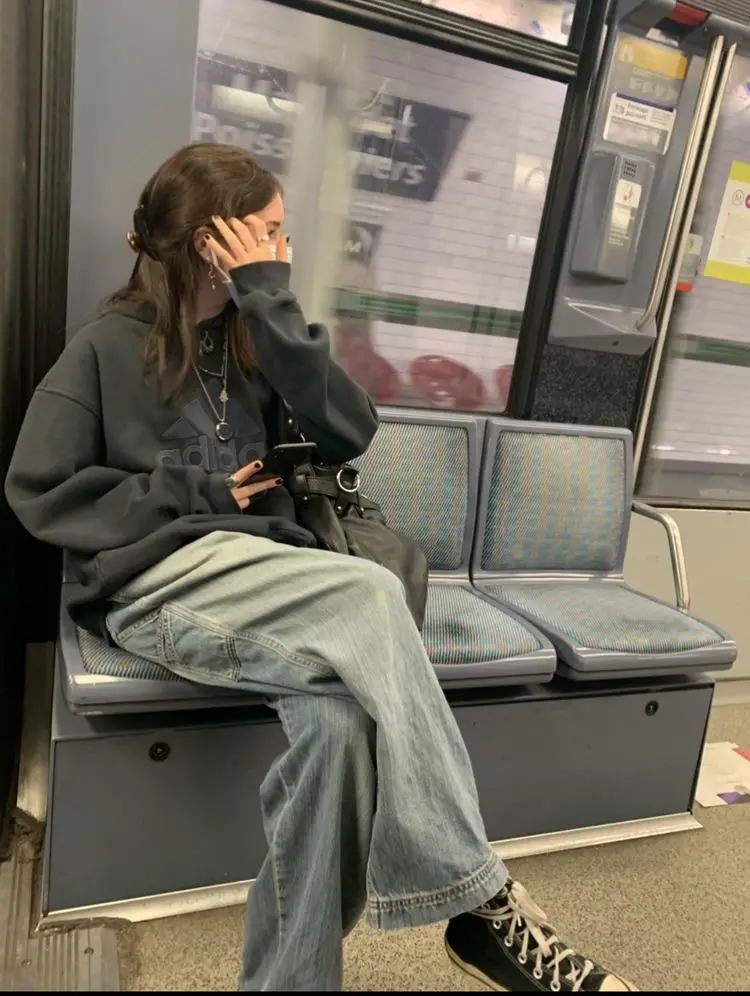

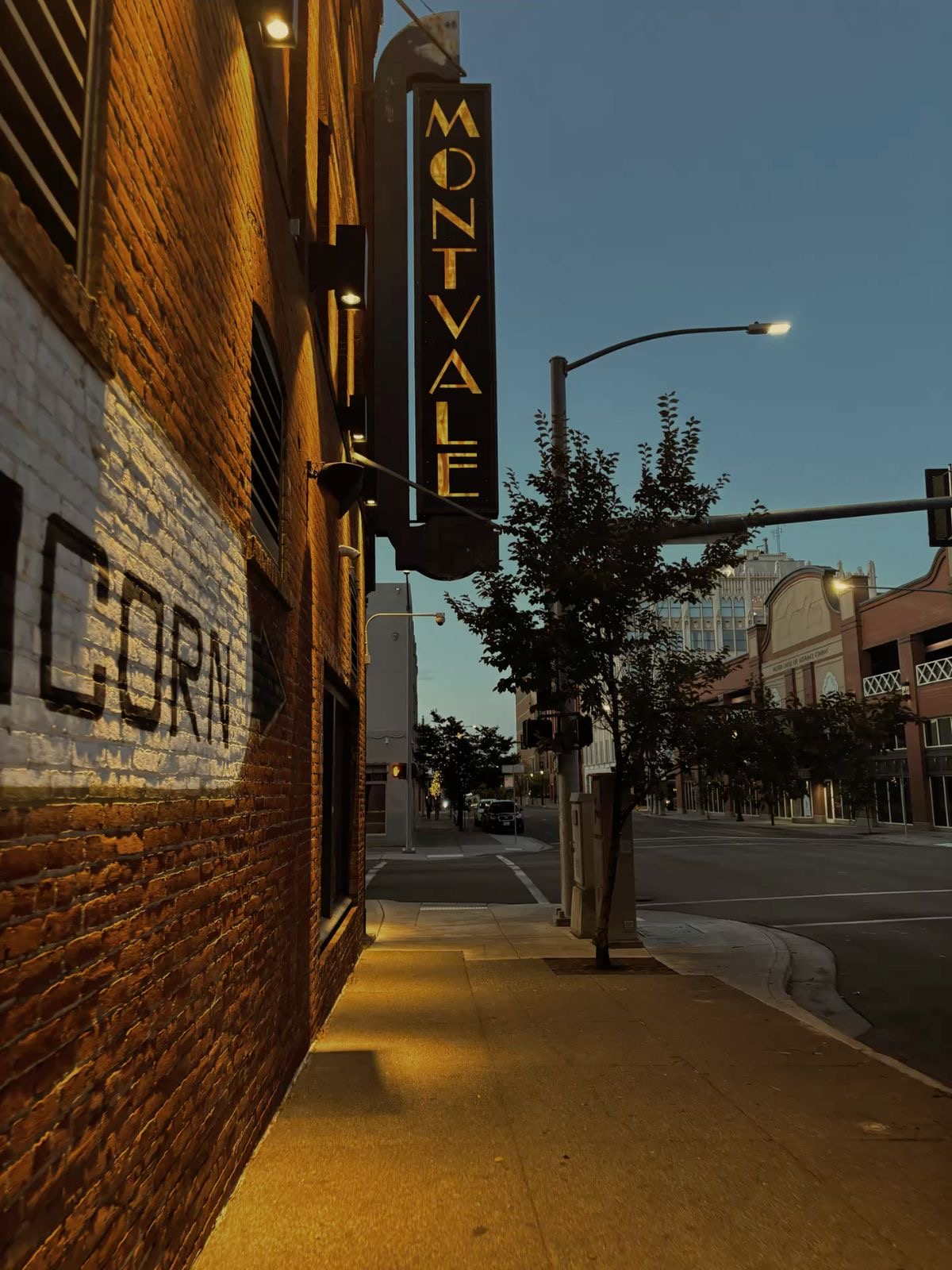
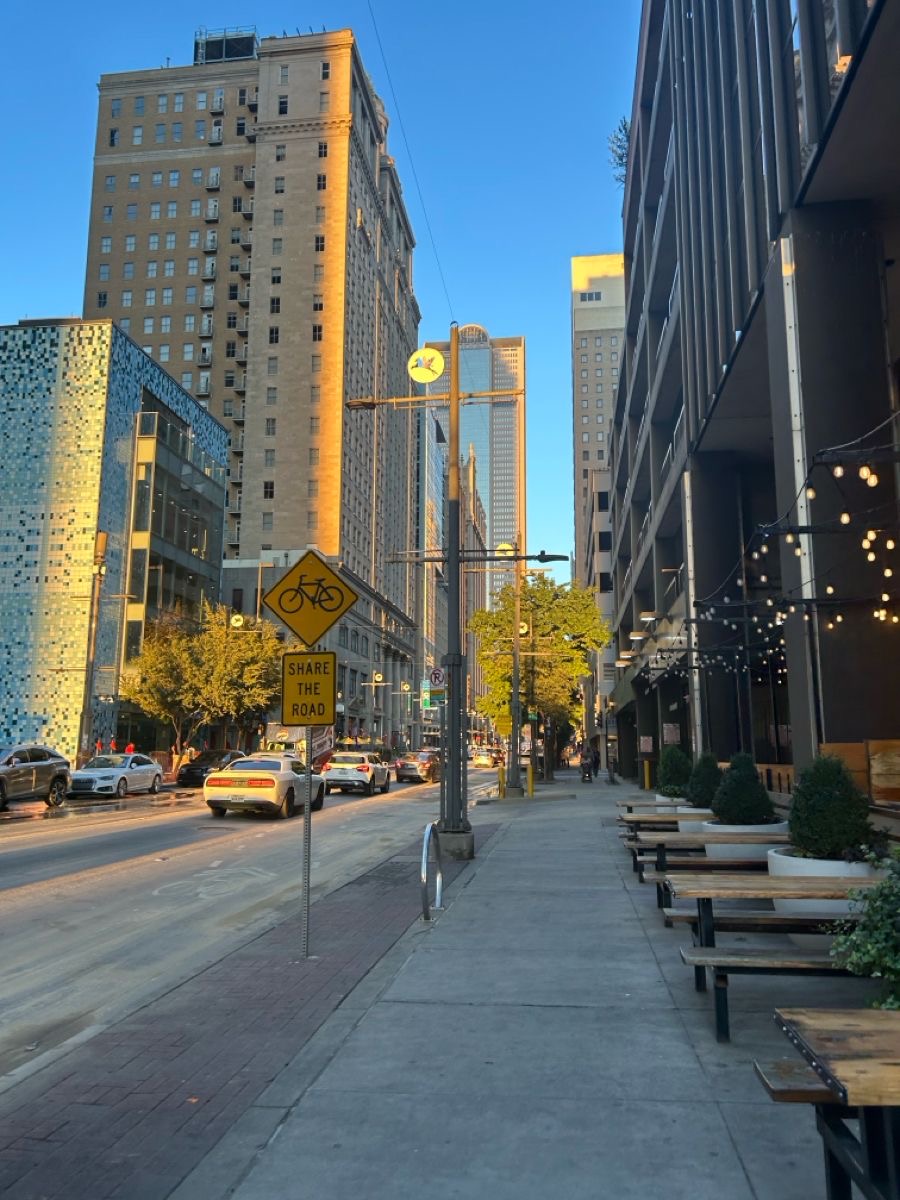
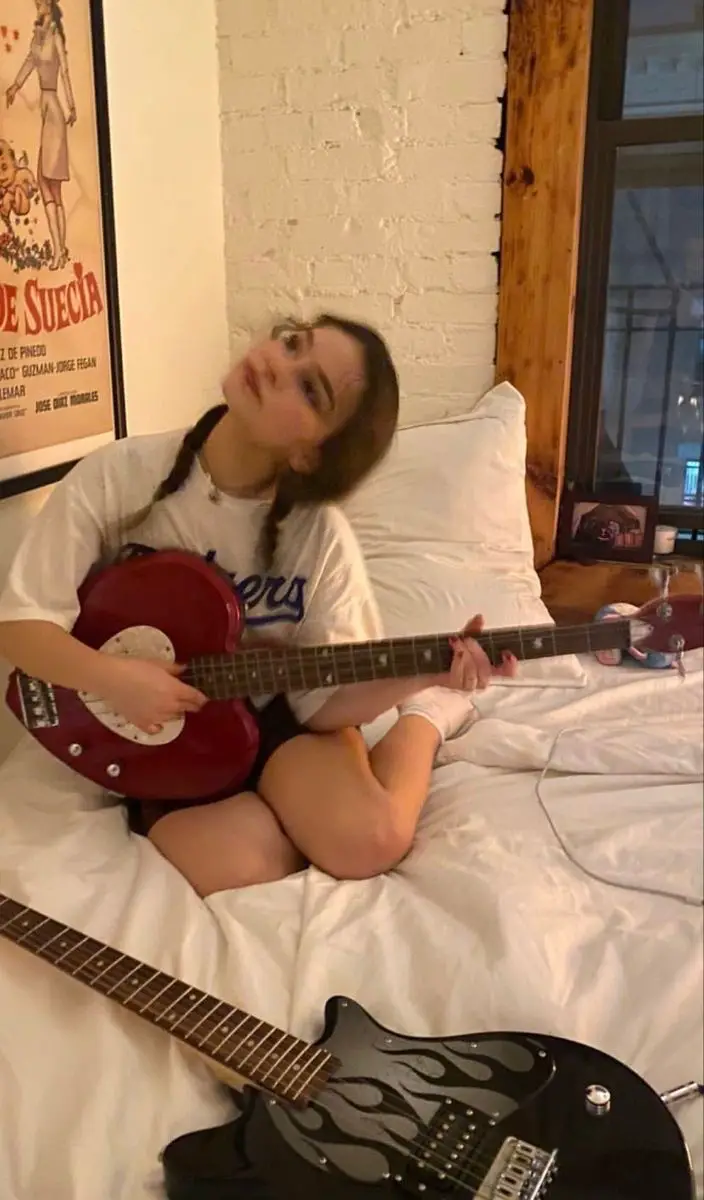

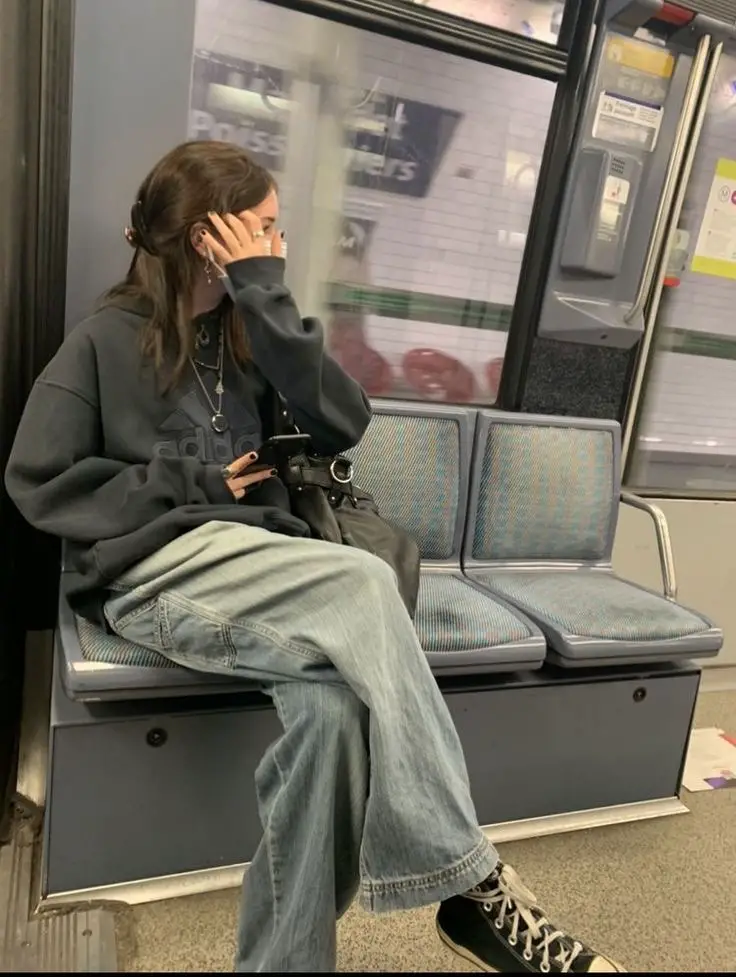

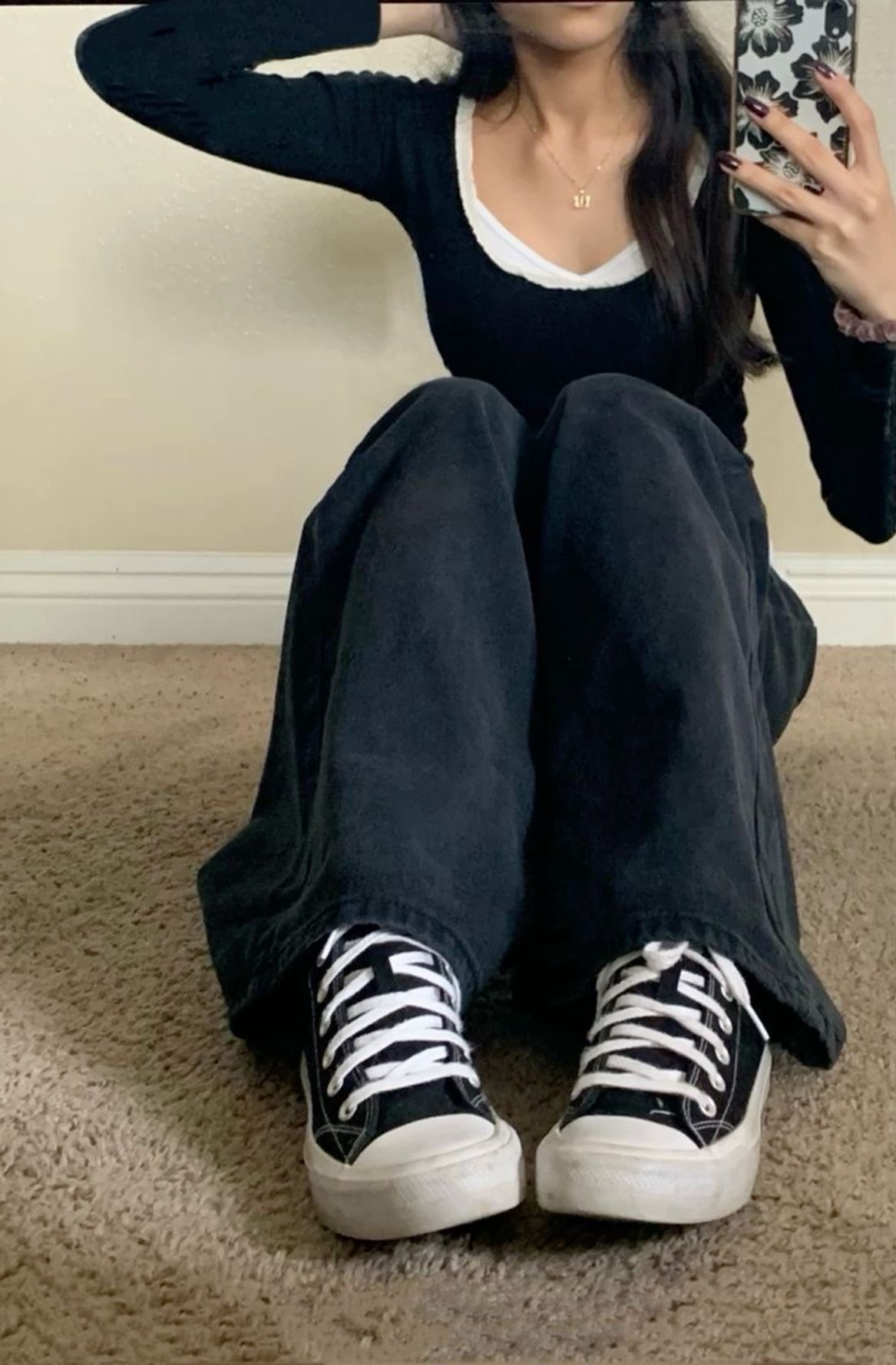
3. Identify Your Style Icons (Realistic Ones)
One of the best things I did was study people whose style made me stop scrolling. These style icons gave me a visual roadmap for how I might want to dress — but I had to be honest with myself: most celebrities are decked out in designer brands I couldn’t (and didn’t want to) wear every day.
So I started focusing on fashion influencers and content creators whose wardrobes felt stylish and accessible. The goal here isn’t to copy them — it’s to understand what specifically draws you in.
Ask yourself:
Do they layer a lot?
Are they minimalist or bold?
Is it their color palette, their silhouettes, or their attitude?
Find 2–3 style influences you can refer to as your personal moodboard muses. Then, observe how you can take what you like and adapt it to your lifestyle and budget.
4. Purge Your Wardrobe
One of the first things I did was audit my closet. It’s easy to feel like you need to throw everything out and start fresh — but I found so much value in revisiting the clothes I already owned. If something was in my closet, chances are I liked it at some point. So I went piece by piece, trying things on, checking what still felt like me, and noting what didn’t.
That’s when I started noticing patterns. A few pieces just naturally went together — same tones, same vibe. These became the foundation for my personal style base.
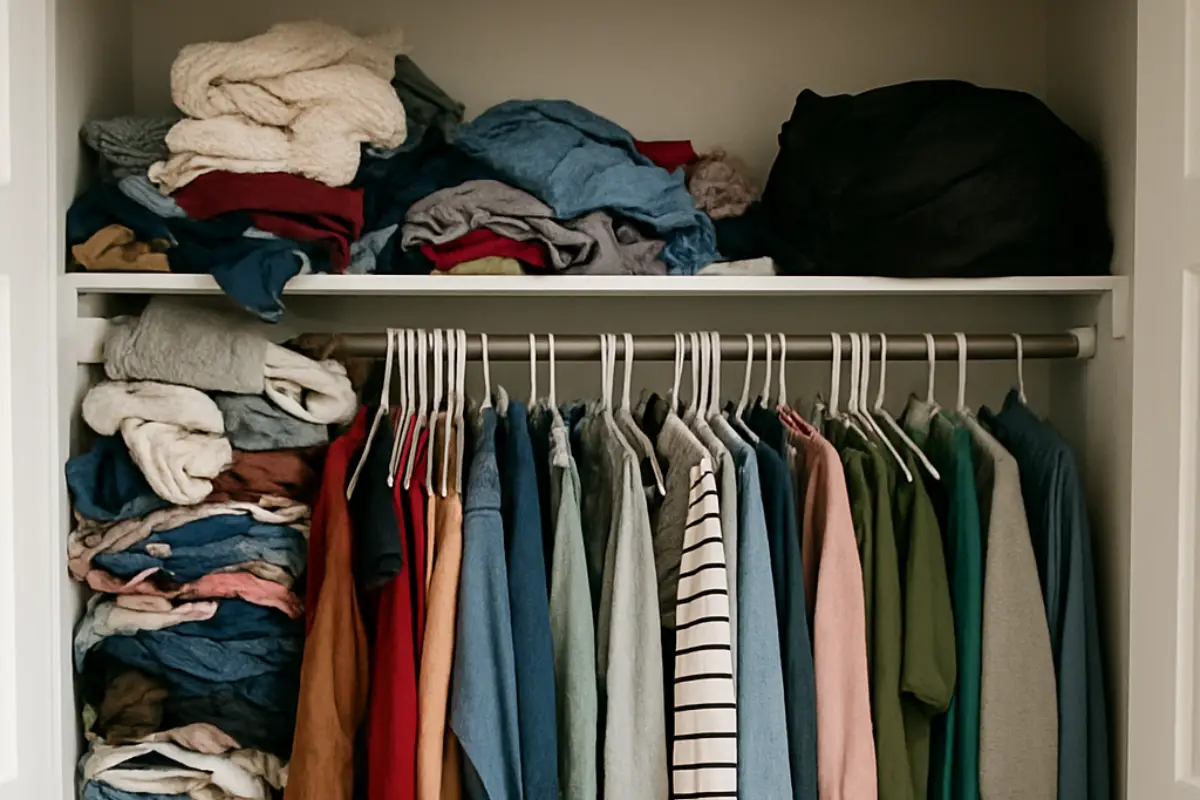
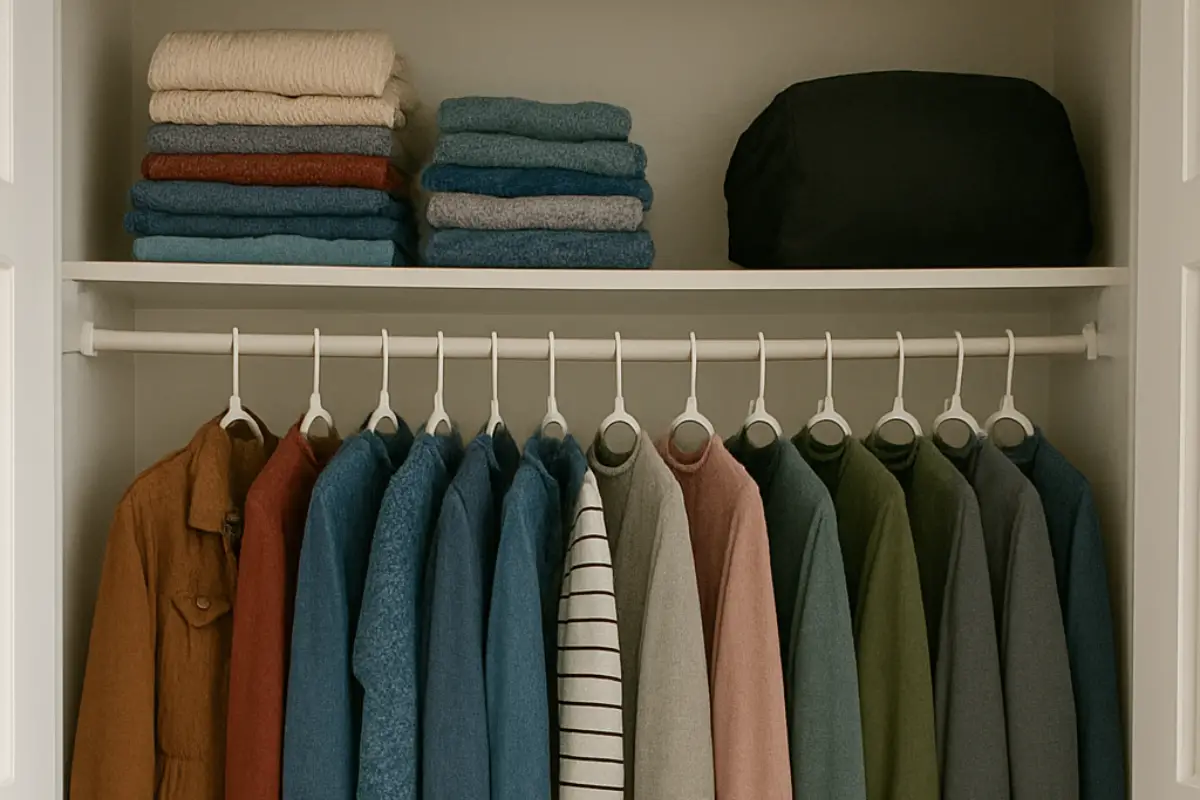
5. Experiment
Once you’ve done some self-reflection and moodboarding, it’s time to try things on — literally. Style is meant to be explored, not confined.
Play with different silhouettes, colors, and textures. Step into pieces you’ve always admired but were too unsure to try. Whether it’s a pop of color you’ve never worn or a new pattern that feels bold — let yourself experiment. You’ll never fully understand your style unless you wear it.
The goal isn’t perfection; it’s discovery. Sometimes the pieces you thought wouldn’t suit you end up becoming staples.
Tip: Visit a thrift store or do a “style swap” with a friend — it’s a low-risk way to try new things without spending a lot.
6. Pay Attention to Compliments
Sometimes, the clearest clues about what suits you best come from others. When someone stops to say, “That color looks amazing on you” or “I love your outfit,” — pay attention. These compliments often point to colors, fits, or styles that highlight your natural features or reflect your vibe well.
It doesn’t mean you should dress only for validation, but outside feedback can reveal patterns you haven’t noticed yet — like how emerald green makes your skin glow or how a structured blazer instantly elevates your look.
Start making mental (or physical) notes of what you’re wearing when compliments roll in.
7. Define the Key Elements of Your Personal Style
As you experiment and observe what makes you feel good, start identifying the recurring themes in your wardrobe. This is where your personal style starts to take shape.
Ask yourself:
Do I lean toward minimalist, bohemian, preppy, classic, or grungy looks?
What silhouettes make me feel confident — oversized, tailored, flowy?
Are there colors or patterns I keep reaching for?
These key elements become the foundation of your style identity — the things that make your outfits feel consistent, intentional, and you.
8. Invest in Quality Basics
No matter your style, every closet needs a solid foundation of quality basics. These are the timeless pieces that anchor your outfits — think perfectly fitted jeans, a crisp white t-shirt, a versatile blazer, and comfortable shoes.
When you invest in these essentials, you create a capsule wardrobe that’s easy to mix and match, saving time and stress while always looking polished.
Building your personal style becomes much simpler when you have reliable basics to layer on or pair with statement pieces.
Pro Tip: Keep a capsule wardrobe checklist handy to track your essentials and avoid unnecessary duplicates.
9. Be Mindful of Trends
Trends can be fun to play with, but don’t let them take over your wardrobe. The key to lasting style is focusing on timeless pieces that you genuinely love and feel comfortable wearing. These staples anchor your look and make it easy to mix in trendy items without losing your unique vibe.
10. Personalize Accessories
Accessories are the perfect way to inject personality into your wardrobe. Jewelry, scarves, hats, and shoes can transform a simple outfit into something uniquely yours. Don’t be afraid to experiment—sometimes the smallest accessory can make the biggest style statement.
Conclusion
Finding your personal style is not about copying trends or fitting into a box — it’s about getting to know yourself and learning how to dress in a way that reflects who you are. It’s a process of discovery, experimentation, and evolution. And the best part? There’s no “right” way to do it.
Whether you’re curating a capsule wardrobe, figuring out what silhouettes make you feel confident, or layering your favorite accessories to add personality — each step brings you closer to a style that feels effortless and real.
Don’t rush it. Let yourself explore, grow, and have fun with it.
Your personal style should feel like a celebration, not a performance.
Now that you’ve read through the steps I used, I’d love to hear from you:
What part of your style journey are you in right now?
Drop a comment, share your Pinterest board, or tag me in your next outfit pic — I’m here to cheer you on!

